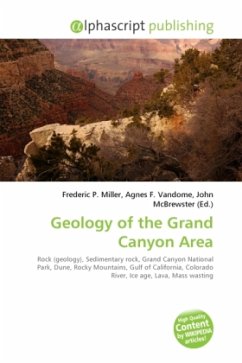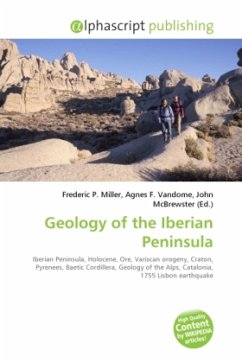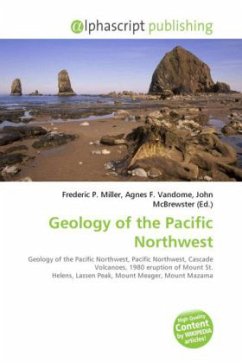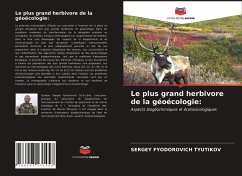
Geology of the Grand Canyon Area
Versandkostenfrei!
Versandfertig in 6-10 Tagen
26,99 €
inkl. MwSt.

PAYBACK Punkte
13 °P sammeln!
The geology of the Grand Canyon area exposes one of the most complete and studied sequences of rock on the planet. The nearly 40 major sedimentary rock layers exposed in the Grand Canyon and in the Grand Canyon National Park area range in age from about 200 million to nearly 2 billion years old. Most were deposited in warm, shallow seas and near ancient, long-gone sea shores in western North America. Both marine and terrestrial sediments are represented, including fossilized sand dunes from an extinct desert. At least 14 major gaps in the geologic record are also found in the area. Uplift of t...
The geology of the Grand Canyon area exposes one of the most complete and studied sequences of rock on the planet. The nearly 40 major sedimentary rock layers exposed in the Grand Canyon and in the Grand Canyon National Park area range in age from about 200 million to nearly 2 billion years old. Most were deposited in warm, shallow seas and near ancient, long-gone sea shores in western North America. Both marine and terrestrial sediments are represented, including fossilized sand dunes from an extinct desert. At least 14 major gaps in the geologic record are also found in the area. Uplift of the region started about 75 million years ago in the Laramide orogeny; a mountain-building event that is largely responsible for creating the Rocky Mountains to the east. In total the Colorado Plateau was uplifted an estimated 2 miles (3.2 km). The adjacent Basin and Range province to the west started to form about 18 million years ago as the result of crustal stretching.












